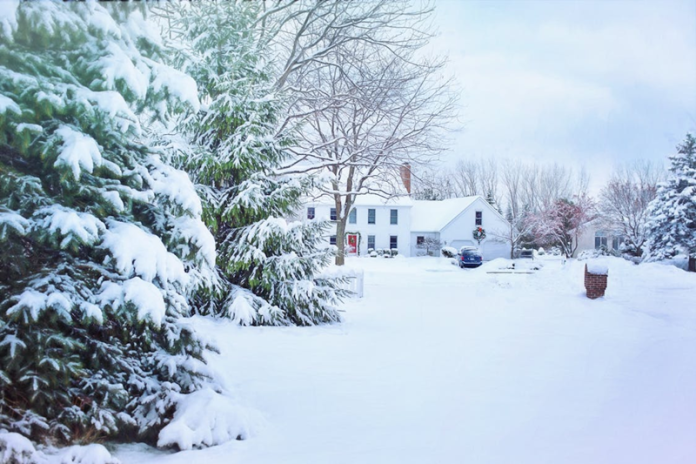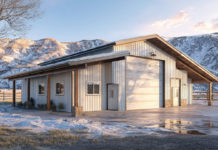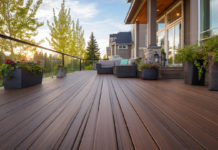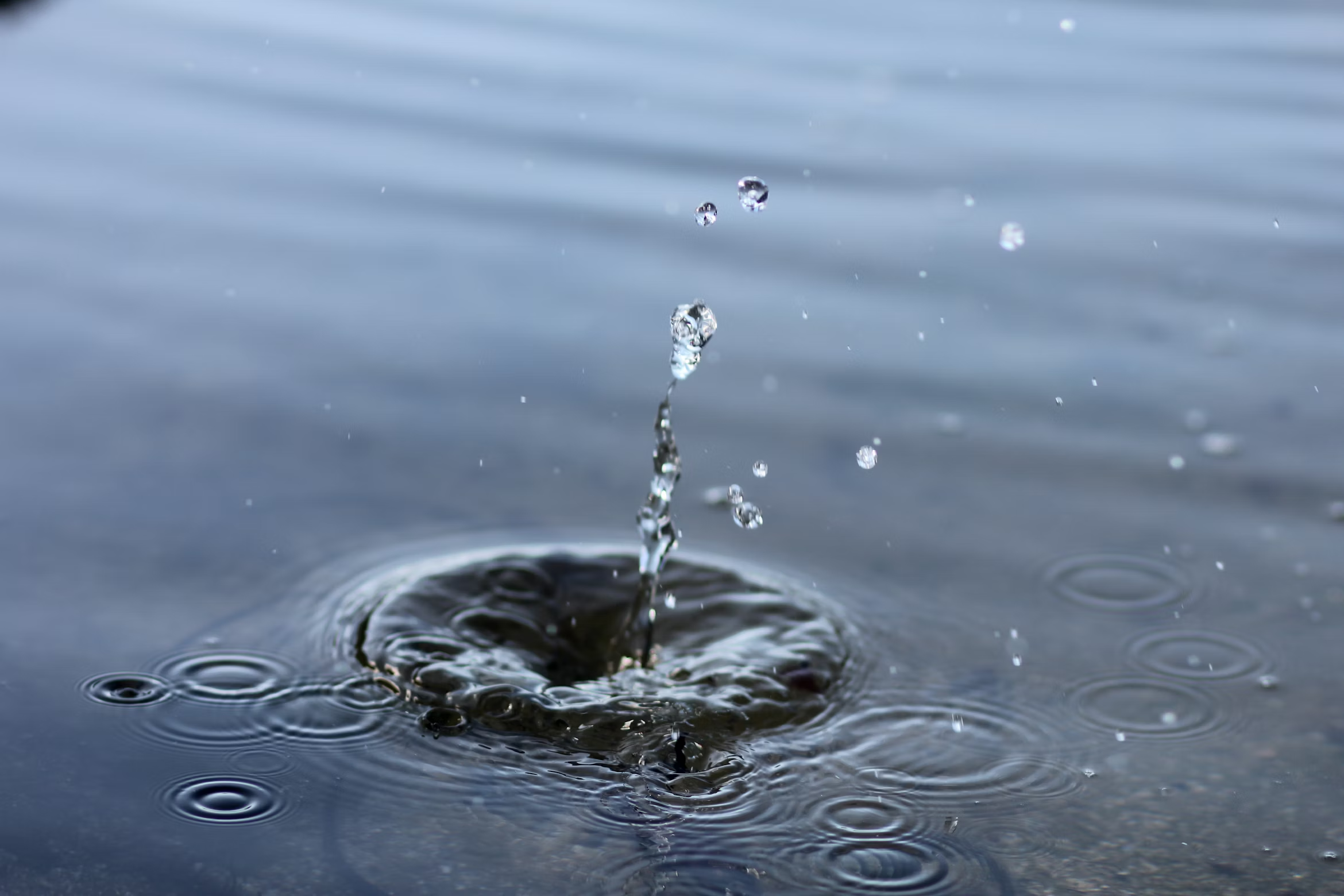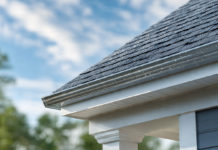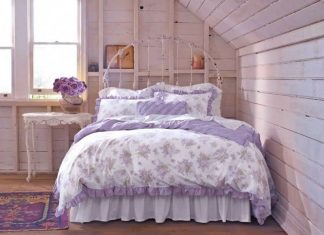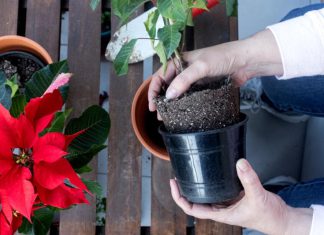Live in Ohio? Then you know that the weather can be as unpredictable as the Buckeye State’s football team! If you’re a homeowner here, you know that the seasons can bring all kinds of issues to the structure and integrity of your home. Here are some of them, and what you can do.
With sometimes sweltering summers and freezing winters, and plenty of rainfall in between, there are all sorts of issues this can bring to your home. Weather can be one of the biggest risks to your home, as it can lead to damage from moisture, extreme temperatures, and even storm-related incidents. Many homeowners recognize the importance of being proactive in managing these risks and choose to work with home maintenance companies, such as Rannebarger Home Maintenance. These professionals provide routine inspections and necessary repairs, helping to safeguard the integrity of your property against the unpredictable Ohio weather. But what kind of issues are we typically looking out for in Ohio?
The Freeze and Thaw Cycle
Ohio winters can be harsh, with temperatures that frequently dip below freezing. This freeze-and-thaw cycle is particularly tough on homes, causing several issues you might need to address. The constant expansion and contraction can wreak havoc on your home’s structure.
So, let’s talk about the foundation. When water seeps into the soil and freezes, it expands, and this can put pressure on your foundation walls, leading to cracks over time. These cracks are not just unsightly; they can also allow water to seep into your basement, creating even more problems. To combat this, it’s important to have a proper drainage system in place to divert water away from your foundation, reducing the risk of damage.
Next, your driveway and sidewalks are also at risk from the freeze-thaw cycle. Concrete surfaces are prone to cracking as they expand and contract. Regular maintenance, such as sealing cracks and using de-icing agents sparingly, can help mitigate this issue. Prevention is better than cure, so addressing small cracks before they become bigger problems is key.
And also consider your plumbing. Frozen pipes are a common issue during Ohio winters. When water inside your pipes freezes, it expands and can cause the pipes to burst. Insulating your pipes and keeping a trickle of water flowing during extremely cold nights can help prevent this costly problem.
Battling High Humidity
Summers in Ohio might be sizzling, but they’re also notorious for high humidity. While warm weather might be enjoyable, high humidity can bring its own set of problems for your home. The moisture-laden air can cause wood to warp and paint to peel, especially on the exterior of your home.
Your wooden floors and furniture are at risk of damage as high humidity levels can cause them to swell and warp. Investing in a good dehumidifier can help you maintain a balanced internal humidity level, protecting your home’s interior. It’s also a good idea to use air conditioning during the summer months to further control humidity levels.
In addition to wood, high humidity can also nurture mold growth, especially in poorly ventilated areas like basements and attics. Mold not only looks unpleasant but can also pose health risks to you and your family. Regular inspections and proper ventilation can help keep mold at bay. If you spot any signs of mold, it’s essential to address it promptly to prevent it from spreading.
Dealing with Heavy Rainfall
Ohioans are no strangers to sudden downpours. While rain is essential, heavy rainfall can pose a threat to your home if not managed properly. Water intrusion is a major concern, and without adequate preparation, your home can suffer significant damage.
First off, ensure that your gutters and downspouts are clear of debris to allow for proper water flow away from your home. Clogged gutters can lead to water pooling on your roof, increasing the risk of leaks and water damage. Regularly cleaning your gutters, especially after a storm, is crucial.
Basement flooding is another issue that can arise from heavy rainfall. Installing a sump pump can help protect your home by automatically pumping out excess water. It’s also wise to waterproof your basement walls and floors to provide an extra layer of defense against
Landscaping can also play a role in managing rainfall. Grading your yard to slope away from your home can prevent water from pooling around your foundation. Additionally, planting native plants that absorb excess water can help reduce runoff and protect your property.
Wind Damage and Your Roof
Ohio’s weather isn’t just about temperature extremes; high winds can also be a force to reckon with. Strong winds can be brutal on your roof, testing its durability and potentially leading to damage.
Shingles are often the first casualties during a windstorm. Loose or damaged shingles can lead to leaks and water damage inside your home. Regular roof inspections, especially after a storm, can help you spot any issues early on. Replacing damaged shingles promptly can save you from bigger problems down the road.
In addition to shingles, high winds can also pose a threat to your gutters and siding. Loose gutters can be ripped away from their housings, causing further damage to your home’s exterior. Ensuring that your gutters and siding are securely attached can prevent this from happening.
The Menace of Ice Dams
Ice dams can be a sneaky problem that creeps up on homeowners during Ohio’s harsh winters. They form when snow on your roof melts and refreezes at the edges, creating a barrier that prevents water from draining properly. This trapped water can seep under your shingles and cause significant damage to your home.
Proper attic insulation is key to preventing ice dams. By ensuring your attic is well-insulated, you can minimize heat loss from your home, which in turn reduces the risk of snow melting on your roof. Ventilation is equally important, as it allows cold air to circulate and keep your roof at a consistent temperature.
Consider using roof heating cables to help melt snow and prevent ice dams from forming. These cables can be a lifesaver during particularly harsh winters and provide peace of mind knowing your home is protected.
Living in Ohio means facing unique weather challenges. With a little knowledge and preparation, you can protect your home from the elements so you don’t face bigger and costlier issues down the road.
